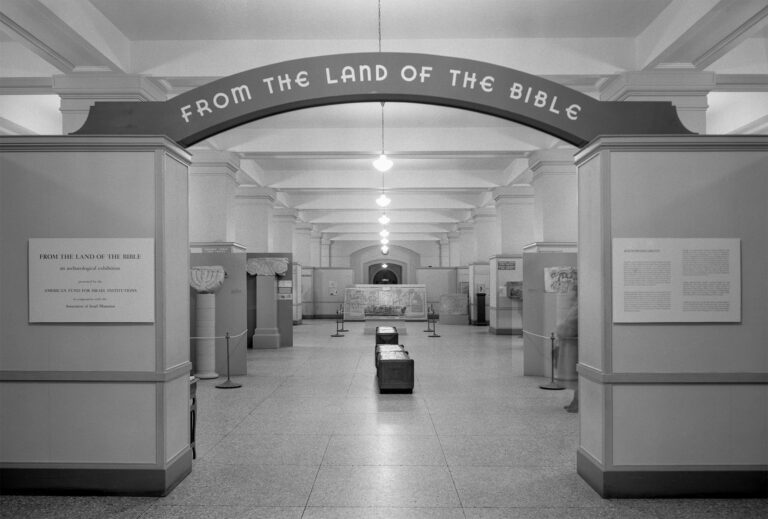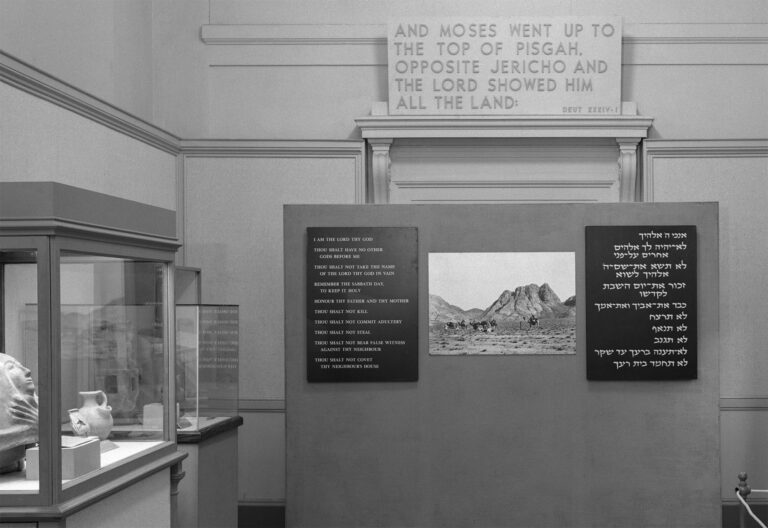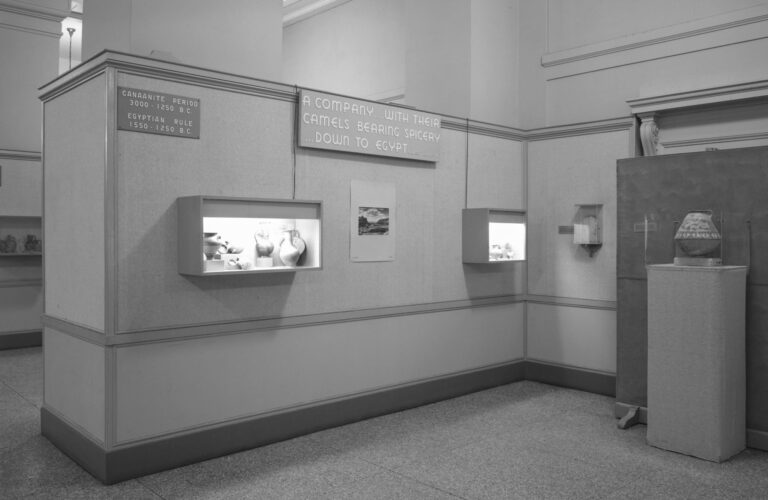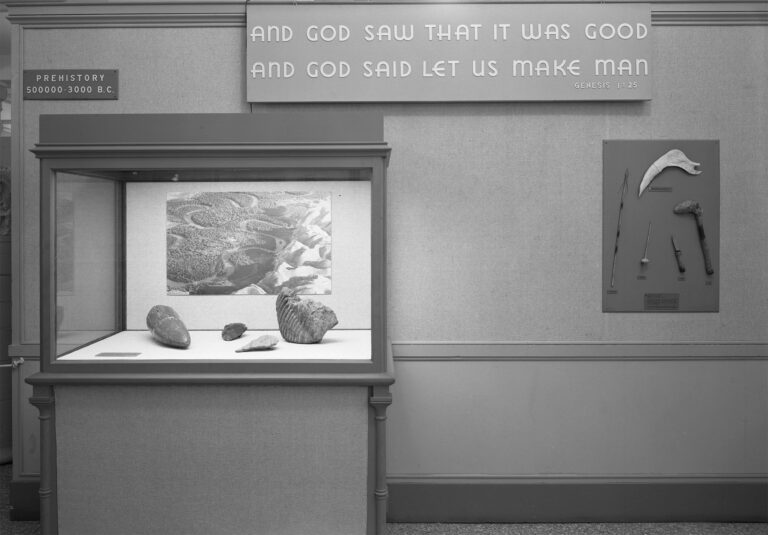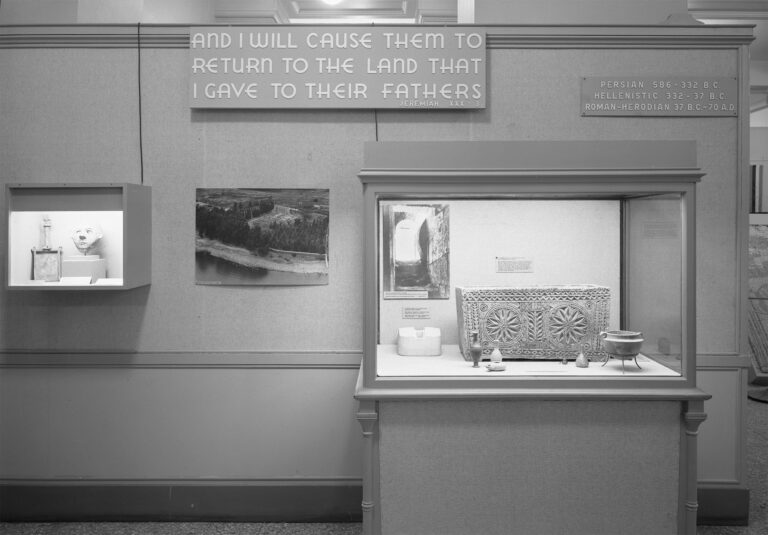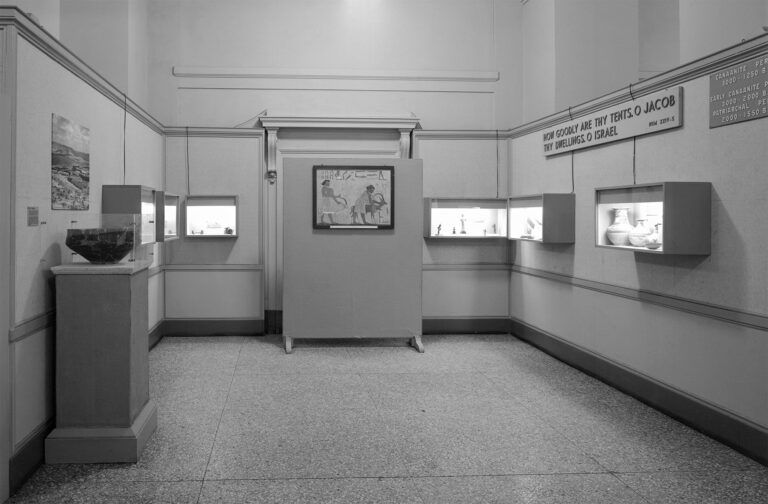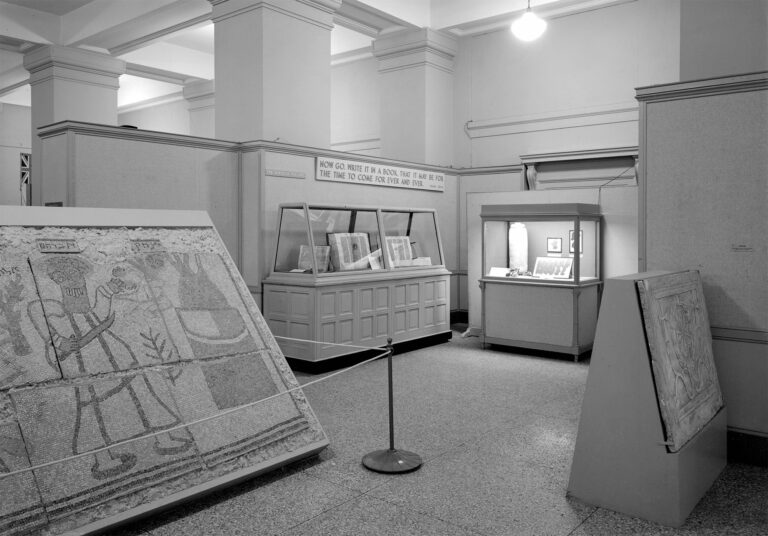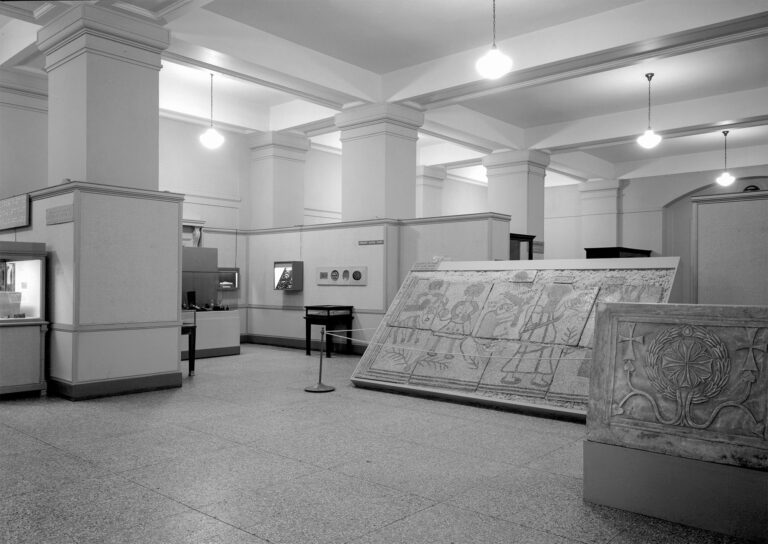American Fund for Israel Institutions, founded in 1941 as the American Fund for Palestinian Institutions, now the America-Israel Cultural Foundation, dedicated to the support of cultural institutions in Israel.
Son of a vice president of Sears & Roebuck, Harvard-educated, Navy veteran Edward A. Norton made several trips to Palestine in the early 1930s and became interested in various cultural and educational institutions there. In 1941, he founded the American Fund for Israel (then Palestine) Institutions to consolidate the many small fundraising campaigns working on behalf of these groups. (By 1949, the Fund had 99 beneficiaries.)1“American Fund for Israel Institutions Reports on Its Activities in Jewish State,” Jewish Telegraphic Agency, Daily News Bulletin, December 2, 1949. The American Fund for Israel became a driving force not only for the support of the Israel Philharmonic, Inbal Ballet, Habimah Theatre and Tel Aviv Museum, to name a few, but also for cultural exchange between the United States and Israel.
One such endeavor was a traveling exhibition, “From the Land of the Bible,” which opened at New York’s Metropolitan Museum of Art on June 14, 1953, before traveling to other cities in the United States and then on to The Hague and London. At the Smithsonian Museum in Washington DC (January 10-27, 1954), it set a record for attendance at the time: over 30,000 visitors in 17 days.2 “Israel Exhibit sets Smithsonian Record,” American Jewish World, February 5, 1954, p. 5.
Two years of planning went into the exhibition, praised for “its absorbing interest, wide range, skillful presentation, and the manner in which it brings to life and makes plausible, by suggestive symbols and individual objects, the actuality of that distant past which we are prone to regard as stories in a Great Book.”3Berryman, Florence S., “Art News—Archaeological Exhibition, The Sunday Star, Washington D.C., January 10, 1954, p. 104 (E7). More than twenty shipments by air and sea4Silver, Martin, “Unique Exhibits From the Land of the Bible,” Wisconsin Jewish Chronicle, July 17, 1953, p.5. carried over 1,500 objects5Berryman, The Sunday Star, January 10, 1954, p. 104 (E7). to New York from institutions and private collections in Israel, Turkey, England, Cyprus, Belgium, France, Canada and the United States. Arranged chronologically in nine showrooms, the exhibition included Neolithic artifacts, bronze weapons, Byzantine lamps, glassware, coins, mosaics and a recently discovered seven-ton headless statue of a Roman emperor. Examples from the Dead Sea Scrolls, including the oldest known Biblical scroll, the Book of Isaiah,6”Israel Archaeological Exhibition Opens at Metropolitan Museum, Jewish Telegraphic Agency, Daily News Bulletin, June 15, 1953. were seen for the first time in the United States. Dr. S. Yeivin, director of the Department of Antiquities of the Israeli government’s Ministry of Education and Culture: “We of Israel wish to show our rich heritage—to demonstrate to America that the aid and support we have received from your country has been well used. These relics of the ages prove that our strength, distilled from the cultural glories of the past, is great and lasting.”7 Silver, The Wisconsin Jewish Chronicle, July 17, 1953, p 5.
Ismar David designed four panels for the exhibition. Three were typeset: an introductory title and acknowledgements at the start of the exhibition and the Ten Commandments in English for the Israelite or Iron Age room. The fourth panel was the Ten Commandments, hand-lettered in Hebrew, a rare example of large pen-written lettering by David.


























